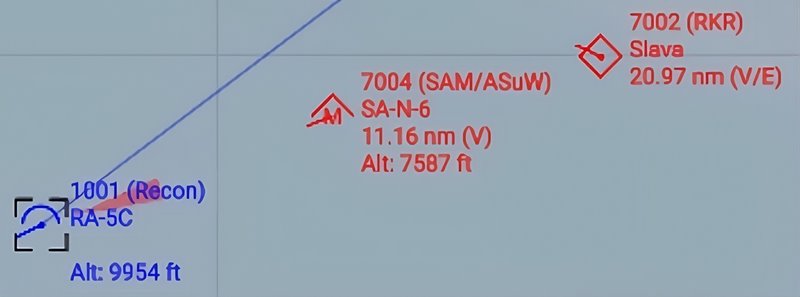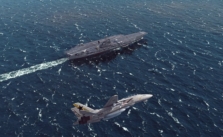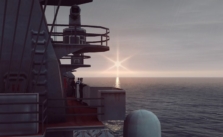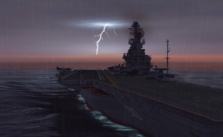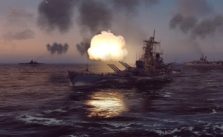Sea Power: Radar, RWR and Sonar: A Detailed Guide to Naval Detection Systems
Radar: The Eyes of Your Ship
If you’re diving into Sea Power, then you’re gonna want to get cozy with your radar, Radar Warning Receivers (RWR), and sonar. These are your go-to systems for tracking threats—be they coming from on high, across the water’s surface, or from beneath. But here’s the thing—these systems are great, but each has a limit.
What Affects Your Radar?
Power: Simple. The more power your radar has, the further it can see… Higher power = spotting enemies before they even know you’re there.
Gain: This one controls how tightly focused your radar is. More gain means you’re getting a cleaner, more detailed read on things farther away.
RCS-Radar Cross-section: The size or smallness of a target as observed by your radar. If you’re pitted against some giant ship; it is easy to see them. But in the case of those stealth aircraft, ah well, it’s so much more difficult to catch them at all…
Radar Height: Higher You Go, Further You See
One of the biggest limits of radar is height. Your radar can only see as far as the horizon so if you’re on a ship, it’s pretty much what’s directly in front of you. But if you’re up in the air with a plane or drone? You’ll be able to see a heck of a lot further.
So yeah, if you want that extra range, put your radar higher. Simple as that.
Different Radar Types
Not all radars are made equal. Some are for searching, others are for targeting. Here’s the breakdown:
Fire Control Radar: This one is all about locking onto targets and guiding missiles. Super accurate but does squat for area searching.
Search Radar: This is the wide net radar that scans the area. Less precise, great for just finding enemies in your general area.
If you’re running a ship, a mix of these radars is probably your best bet.
RWR: Knowing When Someone’s Looking at You
That’s where Radar Warning receivers (RWR), save your bacon and keep you informed. If hostile radar locks on—or even just points in your direction—your RWR will let you know with a convenient red cone popping up on screen.
This serves as a warning, even if they’re not fully locked on yet, that you’re in their radar’s sights. The sooner you catch this, the quicker you can bail out or get ready to dodge.
Sonar: Finding the Stuff Beneath the Surface
Now radar’s cool and all, but for those sneaky submarines or underwater threats, you’re gonna need sonar… There are a few types of sonar & each one has its strengths and weaknesses. So let’s dive into them.
Types of Sonar
Hull-Mounted Sonar: This is your standard sonar on ships and subs. It’s got passive (listening for noise) and active (pinging) modes.
Variable Depth Sonar (VDS): This one travels up and down through different layers of water, making it ideal for tracking at various depths.
Sonar Buoys: These are dropped from aircraft to aid you in tracking underwater targets. Not powerful like ship-based sonar, but with proper usage, it might turn the tide of battle.
Dipping Sonar: These are used by helicopters, dropped into the water, and can be active or passive depending on the situation.
What Messes with Sonar?
Sonar isn’t foolproof. There are a few things that can mess with your tracking:
Noise: Rain, storms, other noise in the water can throw off your sonar making it more difficult to locate targets.
Thermal Layers: Sound doesn’t travel as easily when there’s a thermal layer in the water. If you happen to have one between you and a sub, you can bet it’s gonna be harder to track them.
Target Reflection: For active sonar, the angle you are in relation to is important. If a submarine is broadside to you, you’ll get a stronger reflection, thus making it easier to detect.
Magnetic Anomaly Detectors: The Close-Range Sub Hunter
If you have a Magnetic Anomaly detector onboard—that’s generally aircraft and helicopters—you might as well ready the/hooks for super short-range detection of submarines. This technology picks up the variation in the water’s magnetic field caused by the metal hulls of subs.
Not really good for long distance tracking; but it can help you fly above and pick out a sub that’s hiding just below the surface…


